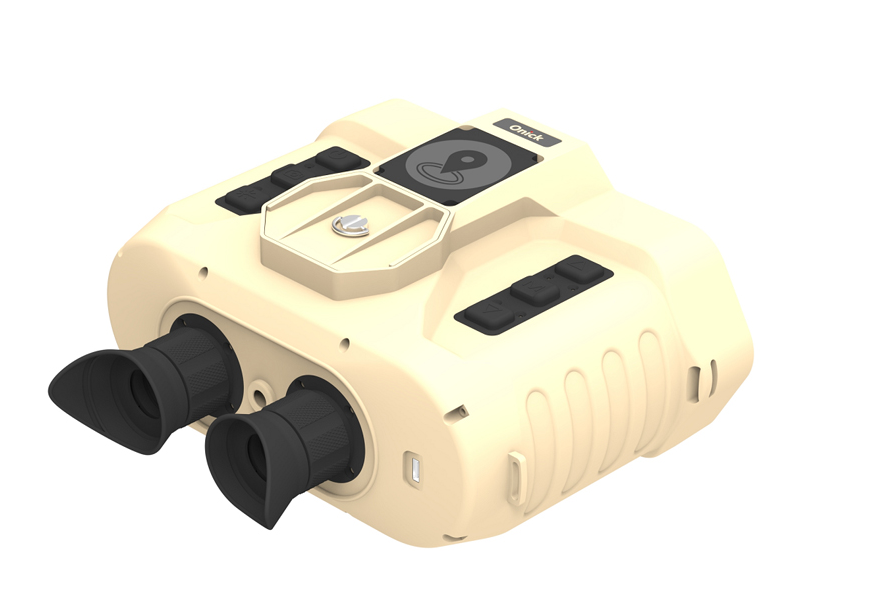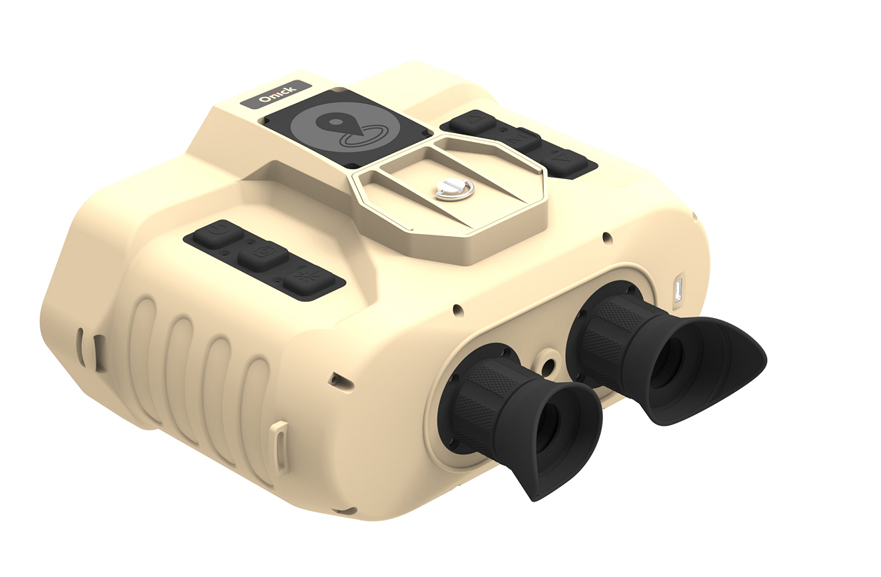Infrared thermal imaging night vision devices, invented based on infrared technology, have a wide range of applications in the military. Their main uses are as follows:
1. Guidance
Infrared thermal imaging night vision devices can be used in the military for infrared guidance. Infrared guidance uses infrared detection instruments to capture and track the energy radiated by a target to achieve ground-seeking guidance. This technology enables missiles and other weapons to accurately locate and hit targets in complex environments. Infrared guidance technology is a crucial technical means for precision-guided weapons and is widely used in multi-directional guided weapons, including air-to-air, air-to-ground, and ground-to-air. Infrared thermal imaging night vision devices can accurately track and strike targets, greatly improving weapon hit rates and combat effectiveness.

2. Interference and Countermeasures
Infrared thermal imaging night vision devicescan also be used in the military for interference and countermeasures. Infrared countermeasures can be used to disrupt the enemy's infrared detection and identification systems, rendering them ineffective. Countermeasures can be categorized into two categories: evasion and deception:
Evasion: Camouflage is used to conceal military facilities, weapons, and equipment, preventing the enemy from detecting the enemy's infrared radiation sources. This technology can effectively protect friendly military facilities and personnel, preventing enemy detection and attack.
Deception: Using a radiation source with a similar wavelength to one's own infrared radiation but more intense to decoy an enemy's infrared detection system. This type of active countermeasures includes infrared decoys and jammers, which are often installed on aircraft and warships to divert incoming infrared-guided missiles. Through deception and jamming, the accuracy of enemy infrared-guided weapons can be effectively reduced, protecting friendly forces.
III. Weapon Sights
Infrared thermal imaging night vision devices can also be used as weapon sights. These sights can be directly mounted on various weapons, such as rifles and machine guns, enabling soldiers to accurately aim at targets at night or in adverse weather conditions. Infrared thermal imaging night vision devices have the ability to penetrate smoke and camouflage, maintaining a clear field of view in various battlefield conditions, improving a soldier's shooting accuracy and combat effectiveness.
IV. Fire Control
Infrared thermal imaging night vision devices can also be used in the military for fire control. Traditional low-light-level night vision devices have limited range on moonless or starless nights, are easily affected by smoke, and have difficulty detecting camouflaged targets. Thermal imaging night vision devices overcome these shortcomings, automatically tracking targets based on their thermal signature. This enables fire control systems to more accurately lock onto targets, improving strike accuracy and combat efficiency. Furthermore, thermal imaging night vision devices offer all-weather operational capabilities, unaffected by weather and lighting conditions, ensuring the stability and reliability of fire control systems.
The Onick RE650 five-light binocular fusion thermal imager handheld reconnaissance device is a lightweight, compact intelligent observation device that integrates infrared, low-light, visible light, laser rangefinders, and a red dot indicator. It features a built-in positioning module, electronic compass, laser rangefinder, red dot indicator, image storage, and image fusion capabilities. It can be used for day and night observation and target search, is comfortable to use, and is easy to carry. It can be used for reconnaissance, surveillance, outdoor hunting, and security protection.

Product Features:
1. Five optical channels, supporting multiple operating modes including infrared, red dot, low-light, visible light, and laser ranging;
2. Intelligent and multifunctional, supporting thermal image fusion, target tracking, and burn protection;
3. Built-in Beidou positioning;
4. Laser ranging for precise target location measurement;
5. Recording, photo taking, and playback functions, with WiFi video transmission;
6. High-definition dual-lens display, with optional external display;
7. Long battery life, lightweight, and easy operation.
In summary, infrared thermal imaging night vision devices have broad application prospects and important strategic value in the military. They not only improve weapon hit rates and combat effectiveness, but also protect the safety and concealment of our forces. With the continuous development of technology, the performance of infrared thermal imaging night vision devices will continue to improve, bringing more innovations and breakthroughs to the military.


